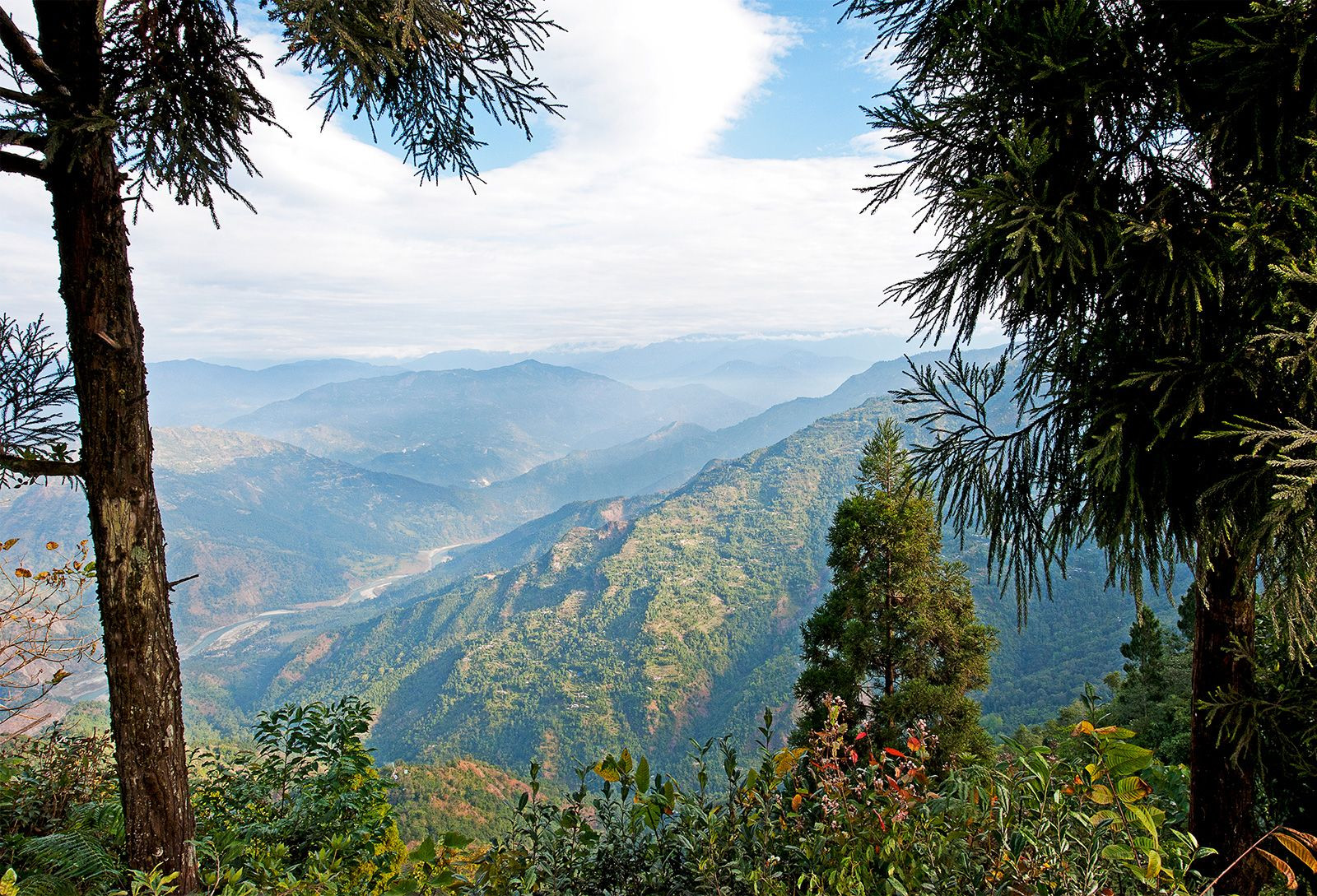The Himalayas, a colossal mountain range, stand as a majestic barrier in Asia, separating the high-altitude Plateau of Tibet from the vast alluvial plains of the Indian subcontinent to the south. This immense mountain system is not just a geographical feature; it’s a realm of superlatives, home to the world’s highest peaks, including over 110 summits soaring to elevations exceeding 24,000 feet (7,300 meters) above sea level. Among these giants is Mount Everest, known as Chomolungma in Tibetan, Qomolangma Feng in Chinese, and Sagarmatha in Nepali, the planet’s highest point, reaching an elevation of 29,032 feet (8,849 meters). These towering peaks ascend into zones of perpetual snow, marking a dramatic and iconic landscape.
 North Face of Mount Everest in Tibet, China, showcasing the world's highest peak in the Himalayas.
North Face of Mount Everest in Tibet, China, showcasing the world's highest peak in the Himalayas.
The Himalayas have held deep cultural and spiritual meaning for the people of South Asia for millennia, deeply woven into their literature, mythologies, and religions. Since ancient times, these glaciated heights have drawn pilgrims and mountaineers from India and beyond. The Sanskrit name “Himalaya,” meaning “abode of snow,” perfectly encapsulates this great mountain system. Today, the Himalayas continue to be a major attraction and a formidable challenge for mountaineers globally.
 Nanga Parbat mountain peak, located in the western Himalayas, known for its challenging climbs.
Nanga Parbat mountain peak, located in the western Himalayas, known for its challenging climbs.
Spanning approximately 1,550 miles (2,500 km) from west to east, the Himalayas form the northern border of the Indian subcontinent, creating a nearly impassable barrier to the lands north. This range is part of a vast mountain belt extending from North Africa to the Pacific coast of Southeast Asia. The Himalayan range stretches from Nanga Parbat (26,660 feet or 8,126 meters) in the Pakistan-administered part of Kashmir, to Namjagbarwa Peak (25,445 feet or 7,756 meters) in the Tibet Autonomous Region of China. Nestled within this stretch are the Himalayan countries of Nepal and Bhutan. The Himalayas are bordered by the Hindu Kush and Karakoram ranges to the northwest and the expansive Plateau of Tibet to the north. The width of the Himalayas varies from 125 to 250 miles (200 to 400 km), covering a total area of about 230,000 square miles (595,000 square km).
While India, Nepal, and Bhutan hold sovereignty over the majority of the Himalayas, parts are also under the administration of Pakistan and China. In the contested Kashmir region, Pakistan governs about 32,400 square miles (83,900 square km) north and west of the Line of Control established in 1972 with India. China administers roughly 14,000 square miles (36,000 square km) in the Ladakh region and has claimed territory in the eastern Himalayas within the Indian state of Arunachal Pradesh. These territorial disputes highlight the complex boundary issues within the Himalayan region. In conclusion, the Himalayas are geographically situated in Asia, forming a crucial boundary and encompassing a diverse range of countries and territories, famous not only for their breathtaking height but also for their profound cultural and geopolitical significance.

 Lush forested foothills of the Himalayas near Kalimpong, West Bengal, India, illustrating the diverse Himalayan landscape.
Lush forested foothills of the Himalayas near Kalimpong, West Bengal, India, illustrating the diverse Himalayan landscape.